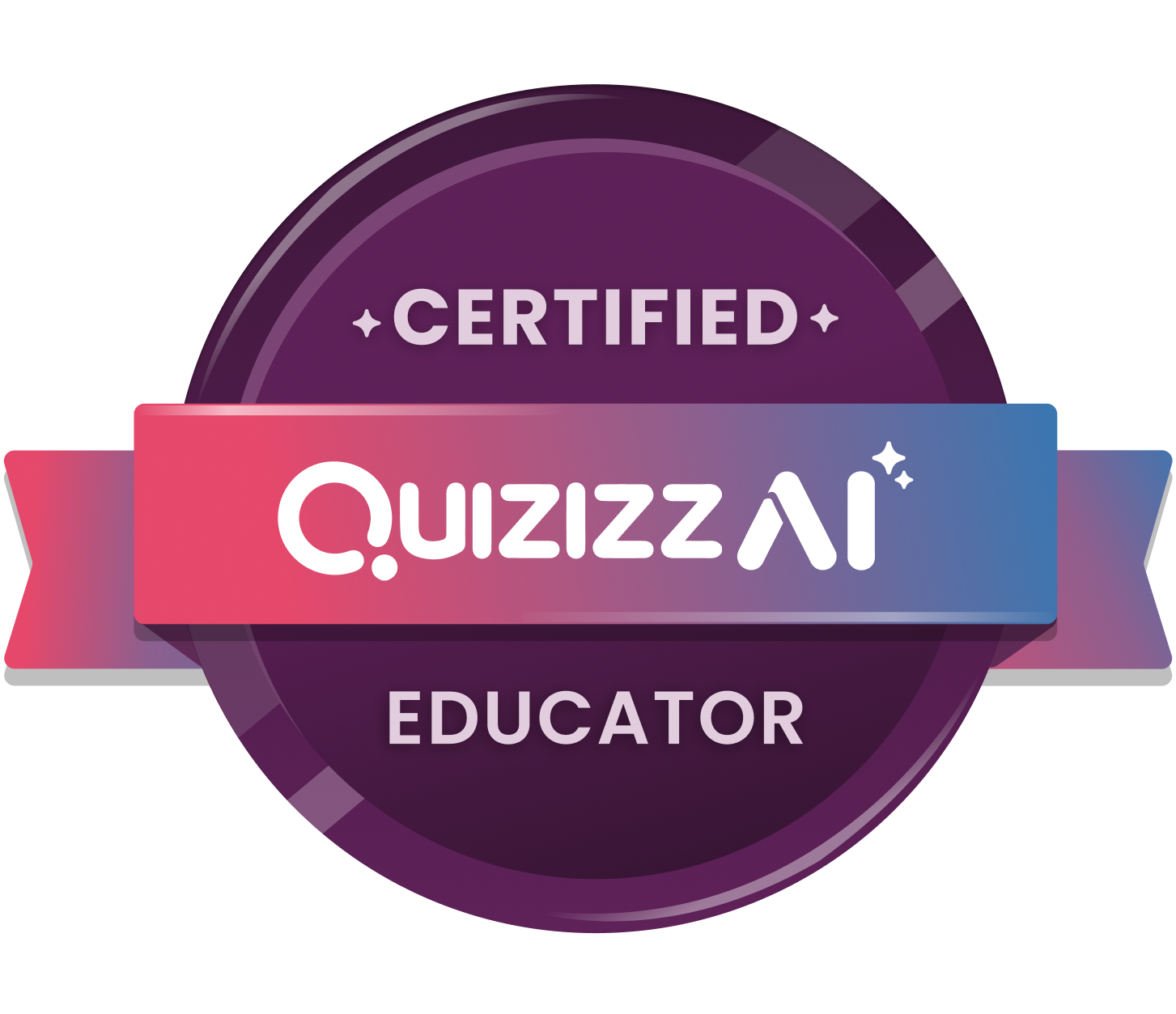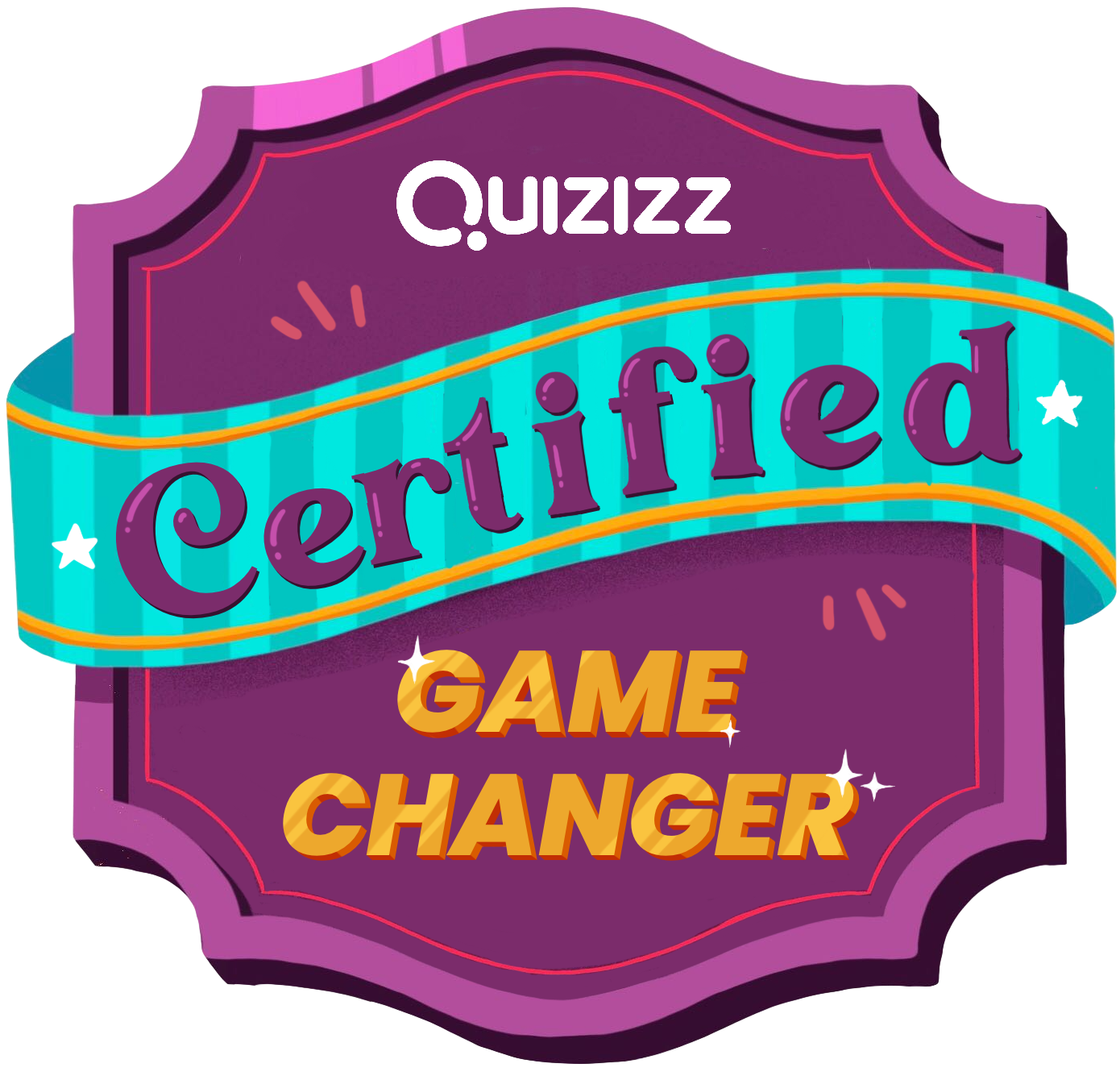The above brief snippet is very representative of a typical day in the computer lab last quarter (technically the 2nd quarter of the school year but the 1st quarter for our WoWinSchools class). I had 27 sixth graders in that class, the students from my 1st period Science class.
Using parts of the WoWinSchools curriculum, modified for a much shorter class – nine weeks, students began the class with a few assignments dealing with the themes of the course before they could play the actual game. The idea was that students prepared themselves for their adventure before starting the adventure by thinking and sharing their ideas about things such as heroism. Students shared their ideas on our class discussion forum. Students also researched the World of Warcraft game before playing it. They visited different websites to learn about their favorite game races, such as the Night Elves, Gnomes, and Dwarves, and their favorite game classes, such as Druids, Mages, Warriors, and Warlocks. Instead of reading a World of Warcraft story and following along with the author’s journey of the hero, kids in this class became the hero as they controlled the journey of their World of Warcraft character. (BTW, this is something kids who engage in role-playing games do all the time.)
This class is not only a highly engaging way for students to participate and discuss the journey of a hero but also a great way for students to practice other valuable skills. Game-Based Learning, the art of using games to learn do more than impart knowledge onto kids. Games, especially immersive games with massive virtual words full of background story, also provide students opportunities to gain other skills. While playing the game World of Warcraft students were able to do the following:
- Figure out how to play the game, how to move and use their skills as well as how to interact with the game characters (aka Non-Player Characters or NPC’s), and get around (the world of Azeroth is huge!).
- Decide what their character would do at every step including how their character dealt with challenges, obstacles, and quests. Kids can go anywhere so it is actually quite easy to get lost! I’ve had kids ask me for help getting back to their starting location. 🙂
- As they choose quests they are provided some back story to understand why they were being asked to do the tasks by the NPC’s, and even if they skimmed or only read part of the quest back story they were still getting a sense of the greater story, or stories, that is the game.
- Leveling up. By completing quests students earn experience points or XP, which helps them level up. Students could level up by killing things and exploring but it’s much slower that way. Leveling up increases their character’s stats so they fight better. Higher levels bring increasing rewards making leveling up quite enticing. It’s one way games are so motivating.
- Decide which armor or weapons to choose when they completed a quest. Often different armor or weapons are offered and only a certain type will benefit the player’s class. For example, a mage can only wear cloth armor so if they choose mail armor they can’t wear it. To make things more complex a mage player can choose mail armor if they want to sell it because more often than not mail armor will sell for more money than cloth armor!
- Managing money! All player characters start out with no money. As they complete quests and kill things they get money. One hundred copper becomes one silver and one hundred silver become one gold. With money kids can buy better gear and weapons and at level 20 they can buy a mount to travel faster.
- Problem solve whenever they got stuck, lost, or just plain completing a difficult quest.
- Cooperate and communicate with those playing in the same starting zones. This took the form of helping each other especially when one found something needed or completed a quest first. Kids helped each other get around, find quest givers, complete quests, and find their way back home.
- Discovering new places. Some kids were quite happy exploring and finding new things, creatures, and places.
- Play in an online world with other real, live players who could be anywhere in the world. Digital citizenship and digital footprints are discussion items that students are tasked with thinking about and reflecting on. I remind students that they are playing this game in school and are therefore representing their school. When they play at home they represent themselves and even though the characters on the screen are virtual they are played by real people.
The above list are the things I observed kids doing while playing the game. Not only are kids engaged in truly student-centered activities but which skills that I’ve written about (also this one) do you think kids are practicing from the list above?
Games are more than just mindless activities that are a waste of time. Games can and do help students practice many necessary and important skills and I am honored to be able to provide my 6th graders with a chance to see how games can be used in an academic setting.

































































